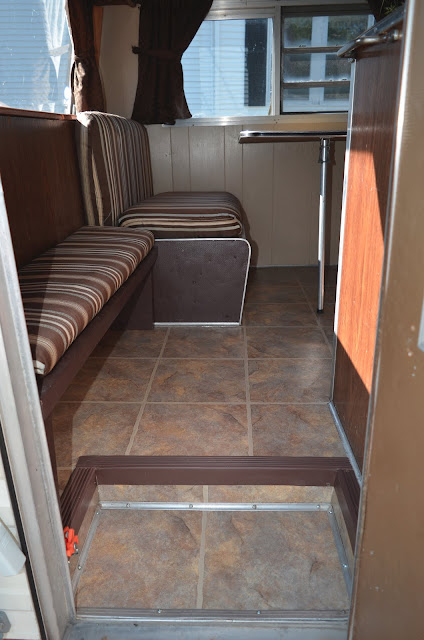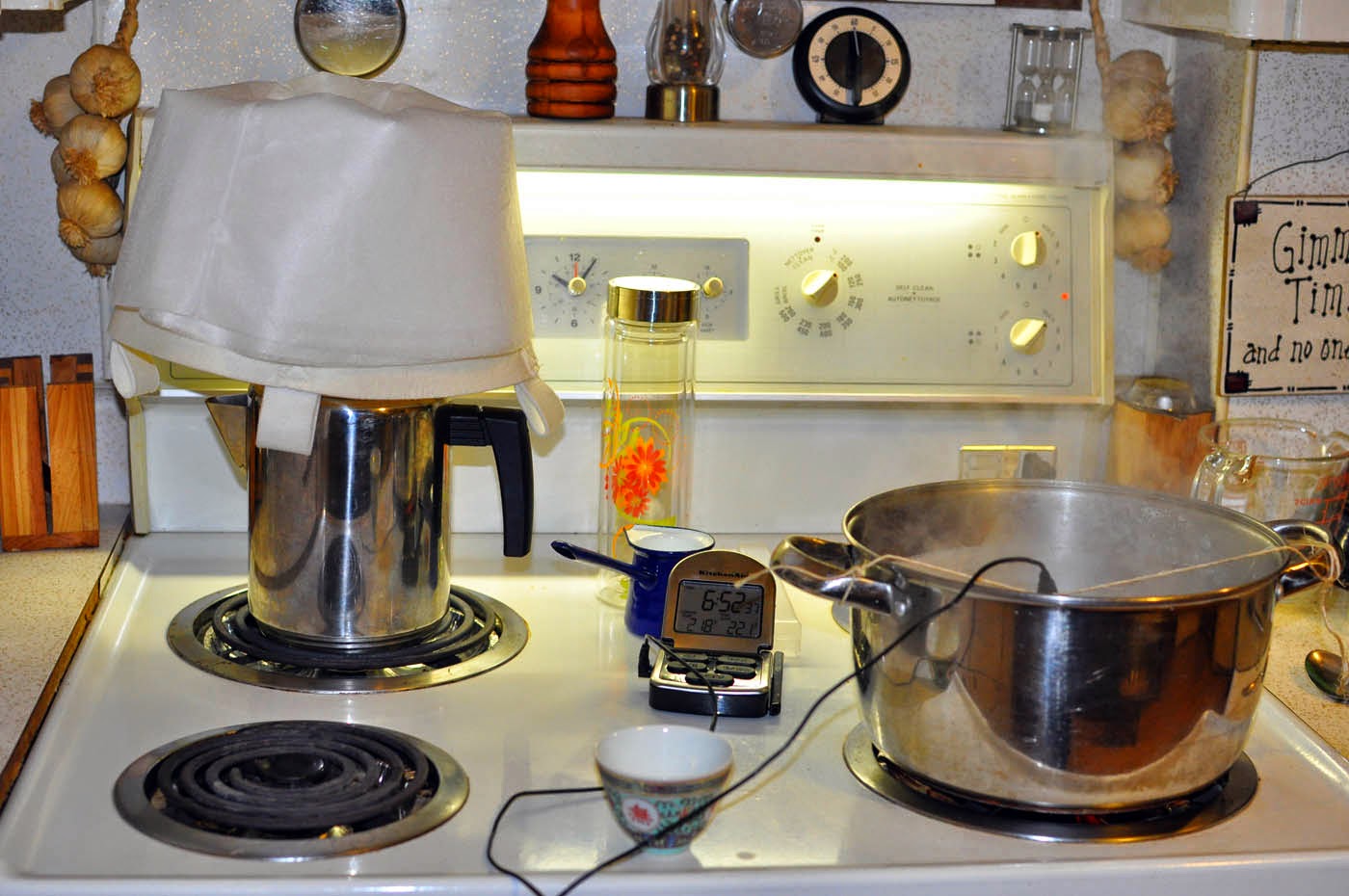So off we went, and had a great day fishing. We got our limit (10 fish
each, all over 12" in length (the minimum size), and some were between 14 and
16 inches.
Sorry for the poor photos...there was a big fingerprint on the GoPro's lens.
lol
After we caught our limit (10 fish each), we went for a rip around the island
and out further into the Bay. Jeff wanted to drive into the rip currents
to see what it was like. They were pretty mild at this point in time and
location, but it was really weird being in the midst of it - the currents go
in all directions with some totally flat calm spots in the middle.
Below is a short video of us motoring through the rip tide.
We came back 2 1/2 hours after high tide. The boat launch was high and dry.
Dan was watching for us and he was already on his way over with the
four-wheeler. Jeff brought the car down the ramp and disconnected the
trailer and got it into the water. It's a good thing Dan was coming though
because our straps couldn't reach the boat. So I was standing there holding
the boat in the water, with one task to do to while Jeff and Dan got the
bike and trailer situated...I was supposed to keep pushing the boat out into
the water as the tide went out to make sure it didn't end up high and dry.
The tide goes out extremely fast here.
Then I see this white van coming down the boat ramp and it stopped in front
of our car. It was our friend Dwight, his girlfriend Joanne, his mom and
uncle. They were out for a Sunday drive, and pulled into Spencer's Island.
He said he was telling them as he pulled in that his friends Jeff and Cindy
were down here fishing flounder a couple of weeks ago. When he pulled up to
the boat ramp there we were, with a cooler full of flounder! haha
Anyway I got distracted talking to them and failed at the one job I had to
do...keeping the boat in the water. It was high and dry on the sand. It took
three of us to push and twist the thing to get it back in the water because
it's heavy. So Jeff got the boat onto the trailer and Dan tried to pull it
out. His bike struggled in the sand trying to get it out of the water
because the sand was so soft. He was having a hard time getting traction and
the trailer wheels were sinking in the sand. He eventually got it though and
hauled it out for us. I was worried there for a bit, thinking we'd have to
leave it and come back at 10pm to get it when the tide came back in.
After that we went to Five Islands to buy a good filleting knife and skin
puller. While there, we also went to a new restaurant, called "Briny Bay
Cafe". We had clams and chips, and sundaes for dessert. The clams and fries
were cooked to perfection and delicious! So many restaurants overcook
their clams or have them in too heavy of a batter, but these were
perfect. They also have a wood-fired pizza oven and the staff raved
about the pizza, so we ordered one to take home. We taste-tested it while it
was still hot, and it was amazing! Jeff said it's the best pizza he's ever
had. So needless to say we'll be going back there for sure!
We got home around 6:30 and Jeff started filleting the fish. We had 20
fish so it took him a few hours - it's only his second time doing it.
I was vacuum-sealing them by the pound as Jeff filleted them. We ended up
with 6.5 lbs of fillets.




















































